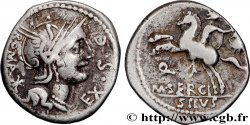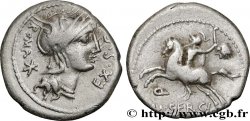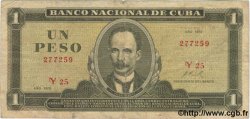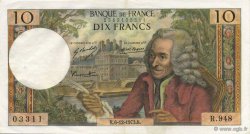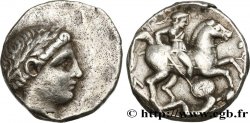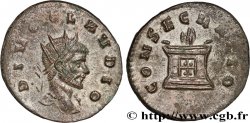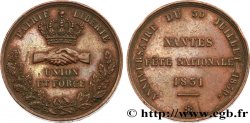v52_0122 - SERGIA Denier
MONNAIES 52 (2012)
Starting price : 125.00 €
Estimate : 220.00 €
unsold lot
Starting price : 125.00 €
Estimate : 220.00 €
unsold lot
Type : Denier
Date: 116-115 AC.
Mint name / Town : Roma
Metal : silver
Millesimal fineness : 950 ‰
Diameter : 17,5 mm
Orientation dies : 3 h.
Weight : 3,52 g.
Coments on the condition:
Exemplaire sur un petit flan bien centré, mais court au revers sur la tête du cavalier. Beau portrait. Revers de haut relief, légèrement taché. Patine grise superficielle avec des reflets dorés
Catalogue references :
Predigree :
Cet exemplaire provient de la vente Bourgey d’avril 1989, n° 54 et de la collection D. J
Obverse
Obverse legend : ROMA/ EX. S. C..
Obverse description : Tête casquée de Rome à droite ; derrière la tête, marque de valeur, (XVI en monogramme).
Obverse translation : “Roma/ Ex senatus consulto”, (Rome/ par décret du Sénat).
Reverse
Reverse legend : Q/ M. SERGI// SILVS.
Reverse description : Cavalier casqué bondissant à gauche, brandissant une épée et tenant de la main gauche une tête coupée et de la main droite, un bouclier.
Reverse translation : “Quæstor/ Marcus Sergius Silus”, (Questeur/ Marc Sergius Silus).
Commentary
Poids léger. Pour ce type, M. Crawford a relevé une estimation de 287 coins de droit et de 359 coins de revers. Nous avons trois variétés, une avec une petite tête, la seconde avec un buste plus large et la troisième identique à la deuxième mais sans marque de valeur. Ce type de denier a été imité en Europe Centrale, imitation hongroise (KO = LT. 10120), hybride d’un denier de la gens Fabia pour le droit et de la gens Sergia pour le revers. Le type avec la tête coupée se rencontre assez souvent dans le monnayage celtique. Les guerriers gaulois coupaient les têtes de leurs adversaires et les attachaient à la crinière de leurs chevaux.
Lightweight. For this type, Mr. Crawford noted an estimate of 287 obverse dies and 359 reverse dies. We have three varieties, one with a small head, the second with a larger bust, and the third identical to the second but without a value mark. This type of denarius was imitated in Central Europe, a Hungarian imitation (KO = LT. 10120), a hybrid of a denarius of the Fabia gens for the obverse and of the Sergia gens for the reverse. The type with the severed head is quite common in Celtic coinage. Gallic warriors cut off the heads of their opponents and attached them to the manes of their horses.
Lightweight. For this type, Mr. Crawford noted an estimate of 287 obverse dies and 359 reverse dies. We have three varieties, one with a small head, the second with a larger bust, and the third identical to the second but without a value mark. This type of denarius was imitated in Central Europe, a Hungarian imitation (KO = LT. 10120), a hybrid of a denarius of the Fabia gens for the obverse and of the Sergia gens for the reverse. The type with the severed head is quite common in Celtic coinage. Gallic warriors cut off the heads of their opponents and attached them to the manes of their horses.








 Report a mistake
Report a mistake Print the page
Print the page Share my selection
Share my selection Ask a question
Ask a question Consign / sell
Consign / sell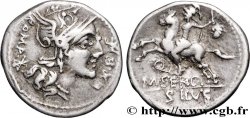
 Full data
Full data

